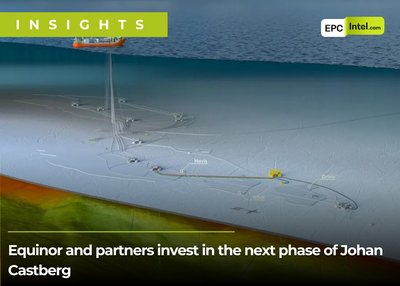Basics of Carbon Capture
Carbon Capture and Storage (CCS), also known as Carbon Capture, Utilization, and Storage (CCUS), is a technology designed to reduce carbon dioxide (CO2) emissions from industrial processes and power generation. It involves capturing CO2 at its source, transporting it, and storing it underground or repurposing it for other uses. This technology is vital for mitigating climate change and is considered a crucial part of the energy transition towards a low-carbon future.
What are the primary steps in the CCS process?
a. Capture: CO2 is separated from other gases produced in industrial processes. This can be achieved through several methods:
-
Pre-combustion Capture: Involves gasifying fossil fuels to produce a mixture of hydrogen and CO2, with the CO2 then being separated and captured.
-
Post-combustion Capture: CO2 is captured from the exhaust gases after fossil fuels are burned. This is commonly done using solvents that absorb CO2.
-
Oxy-fuel Combustion: Fossil fuels are burned in oxygen instead of air, resulting in a flue gas that is primarily CO2 and water vapor, making it easier to separate the CO2.
b. Transport: Once captured, CO2 is compressed and transported, usually via pipelines, ships, trucks, or trains, to the storage location.
c. Storage: CO2 is injected into underground geological formations, such as depleted oil and gas fields, deep saline aquifers, or unmineable coal seams. This long-term storage ensures that CO2 does not enter the atmosphere.
d. Utilization: In some cases, captured CO2 is used in various industrial processes, such as enhanced oil recovery (EOR), where it is injected into oil fields to increase oil extraction, or converted into useful products like chemicals, fuels, and building materials.
What types of CCS project exist?
a. Industrial CCS Projects
- Cement Production: Capturing CO2 emissions from cement plants, which are significant sources of industrial CO2 emissions.
- Steel Production: Implementing CCS in steel mills to capture CO2 produced during the steel-making process.
- Chemical Manufacturing: Capturing CO2 emissions from chemical plants, including ammonia and fertilizer production facilities.
b. Power Generation CCS Projects
- Coal-fired Power Plants: Retrofitting existing coal-fired power plants with CCS technology to reduce their CO2 emissions.
- Natural Gas Power Plants: Applying CCS to natural gas power plants, which produce less CO2 per unit of energy compared to coal but still contribute to overall emissions.
c. Bioenergy with Carbon Capture and Storage (BECCS)
d. Bioenergy Plants: Combining biomass energy production with CCS to create a process that can result in negative CO2 emissions, as the CO2 absorbed by plants during growth is captured and stored.
e. Direct Air Capture (DAC)
- DAC Facilities: Technologies that directly capture CO2 from ambient air and store it underground. This approach can offset emissions from sectors that are difficult to decarbonize.
What transportation solutions support CCS?
Transportation solutions for Carbon Capture and Storage (CCS) projects are crucial for moving captured CO2 from its source to storage sites. There are three primary methods: pipelines, shipping, and trucking.
a. Pipelines are the backbone of CCS transportation. They offer efficient and cost-effective means for large-scale CO2 transport, especially over long distances. Pipelines can handle high volumes and maintain the CO2 in a supercritical state, which reduces the energy required for transportation. The network of existing pipelines, particularly in regions with oil and gas infrastructure, can be adapted or extended for CO2 transport, making them a logical choice for many projects. However, the high initial cost and regulatory hurdles for new pipelines can be significant barriers.
b. Shipping CO2 by sea is gaining traction, particularly for countries with limited pipeline infrastructure or where CO2 needs to be transported internationally. Ships are flexible and can transport large quantities of CO2, making them suitable for projects where pipelines are not viable. The development of specialized CO2 carriers is underway, but this method still requires substantial investment in port facilities and handling equipment.
c. Trucking is suitable for smaller volumes of CO2 and shorter distances. It offers flexibility and can be quickly deployed without the need for extensive infrastructure development. Trucks equipped with pressurized tanks can transport CO2 from capture sites to nearby storage facilities or pipeline terminals. However, the scale of transportation is limited compared to pipelines and shipping, and the cost per unit of CO2 transported is higher.
Summary
Carbon capture is an essential technology for reducing greenhouse gas emissions and achieving climate goals. By integrating CCS into various industrial and power generation processes, and exploring innovative utilization and storage methods, the energy sector can make significant strides towards a sustainable and low-carbon future.
Visit EPCIntel.com to research contracts in this sector.




